Report: Analysis of EEOC Trends, Priorities and Strategic Enforcement
VerifiedAdded on 2023/01/16
|5
|722
|44
Report
AI Summary
This report provides an overview of the Equal Employment Opportunity Commission (EEOC), a federal agency established by the Civil Rights Act of 1964, and its role in enforcing federal laws against discrimination. The report highlights current trends in complaints filed at the EEOC, including disability discrimination, retaliation lawsuits, pregnancy discrimination, transgender discrimination, and sexual harassment. It also outlines the EEOC's processes for resolving discrimination charges, such as mediation, settlement, and conciliation. Furthermore, the report details the EEOC's strategic enforcement priorities for the financial years 2017-2021, which include eliminating recruitment and hiring barriers, protecting vulnerable employees, addressing emerging workplace trends, ensuring equal pay, preventing harassment, and preserving access to the legal system. The report emphasizes the importance of the EEOC's priorities in combating employment discrimination and promoting an inclusive workplace within the U.S. society. Finally, the report concludes by reiterating the significance of the EEOC's mission and its impact on creating an equitable and inclusive work environment.
1 out of 5
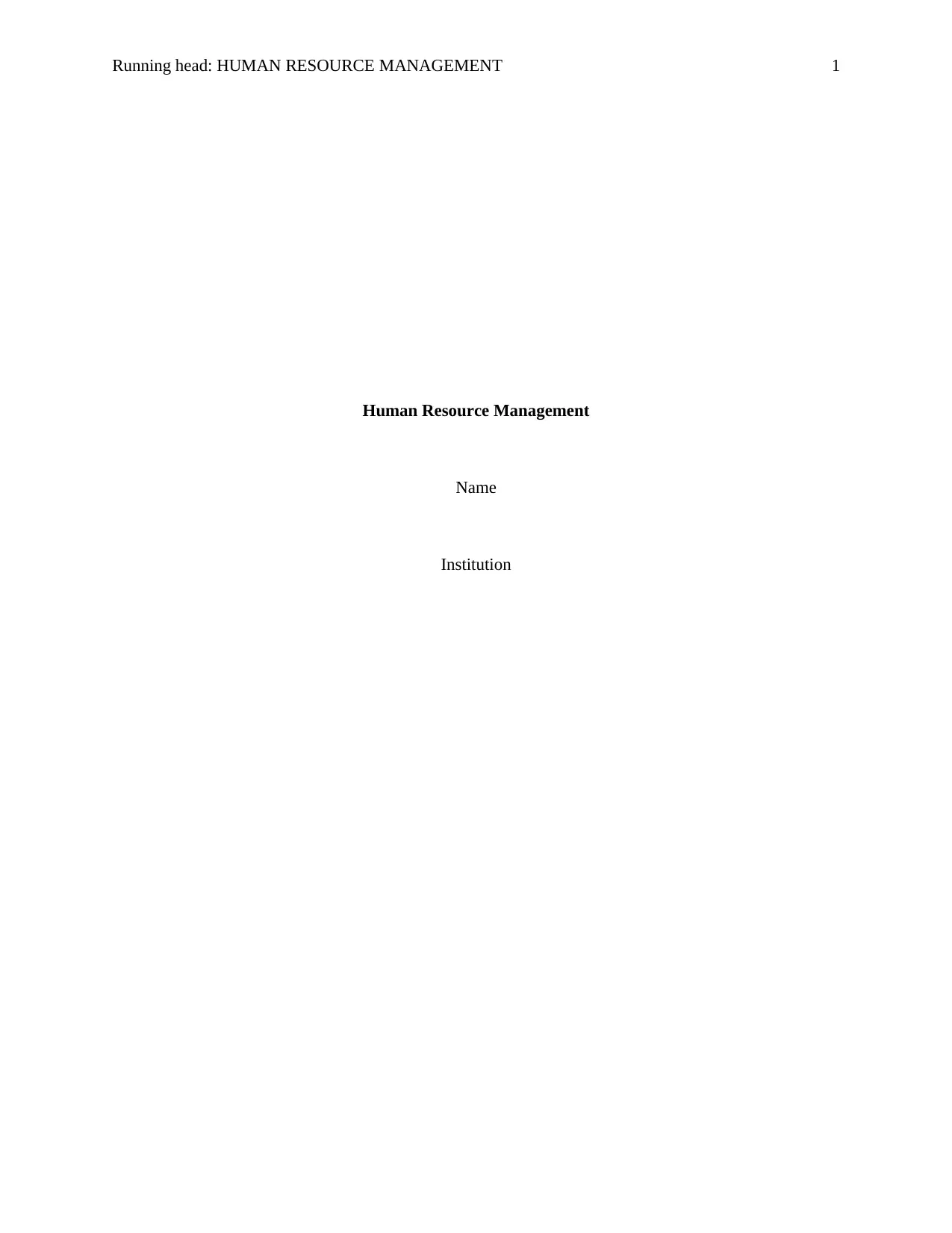
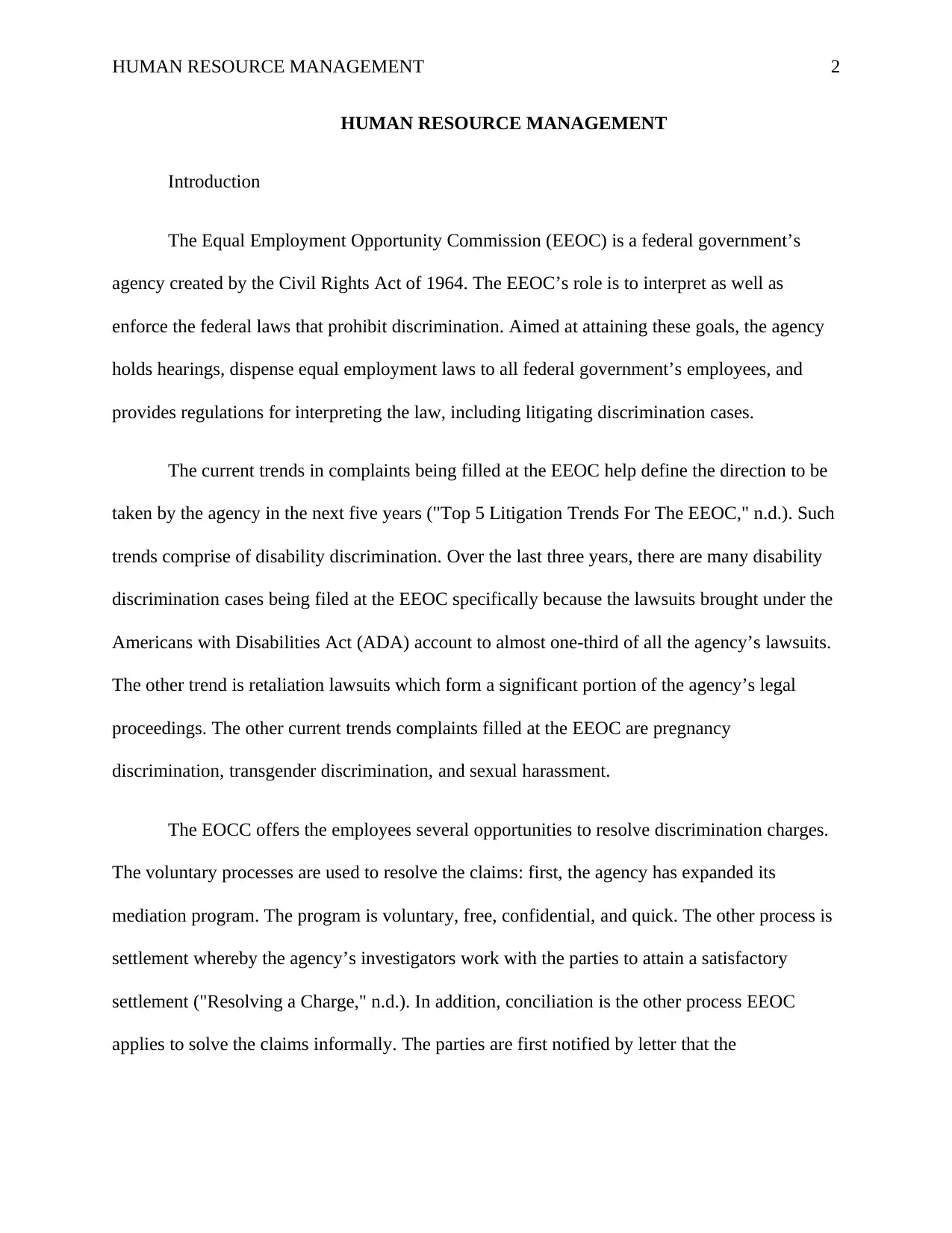
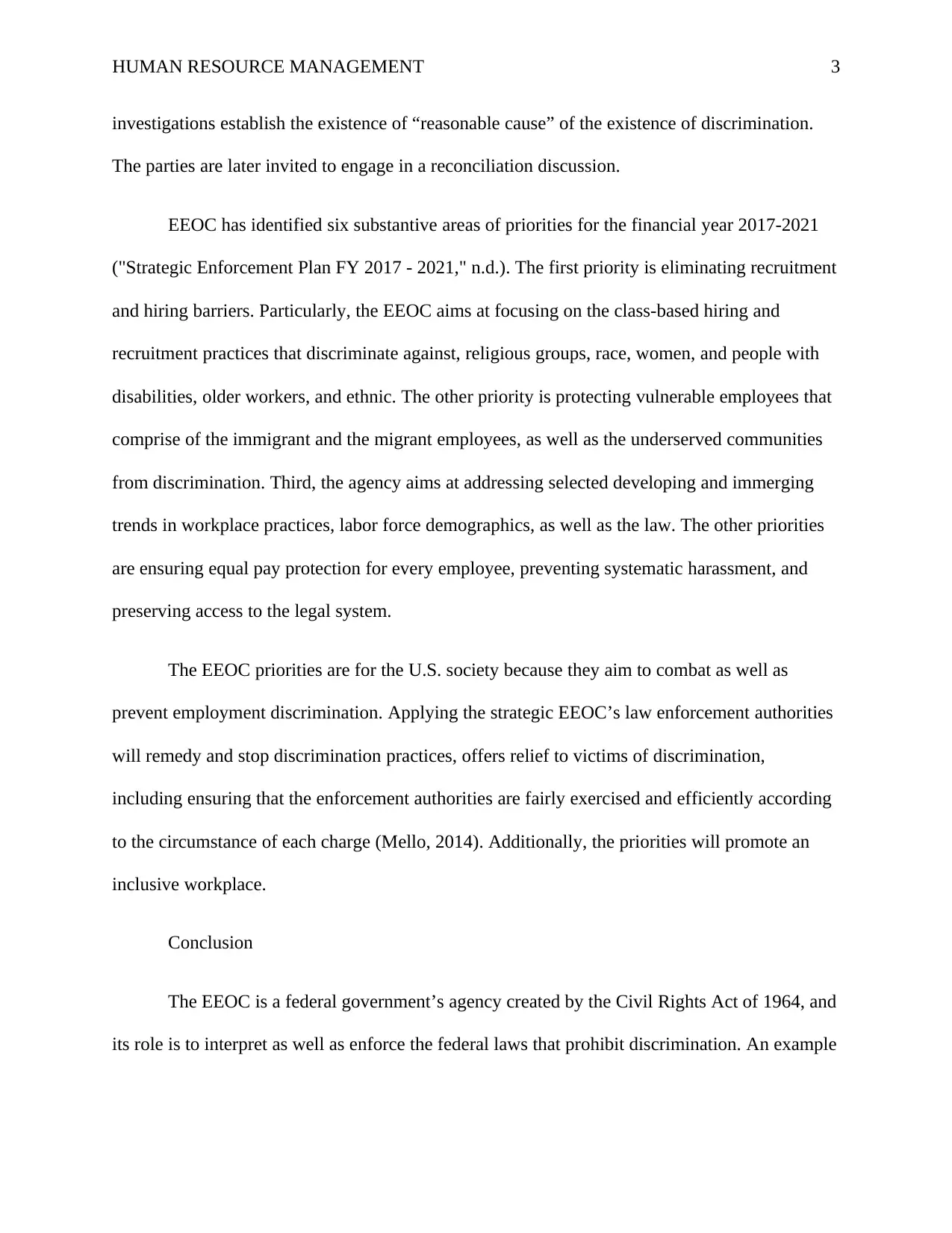

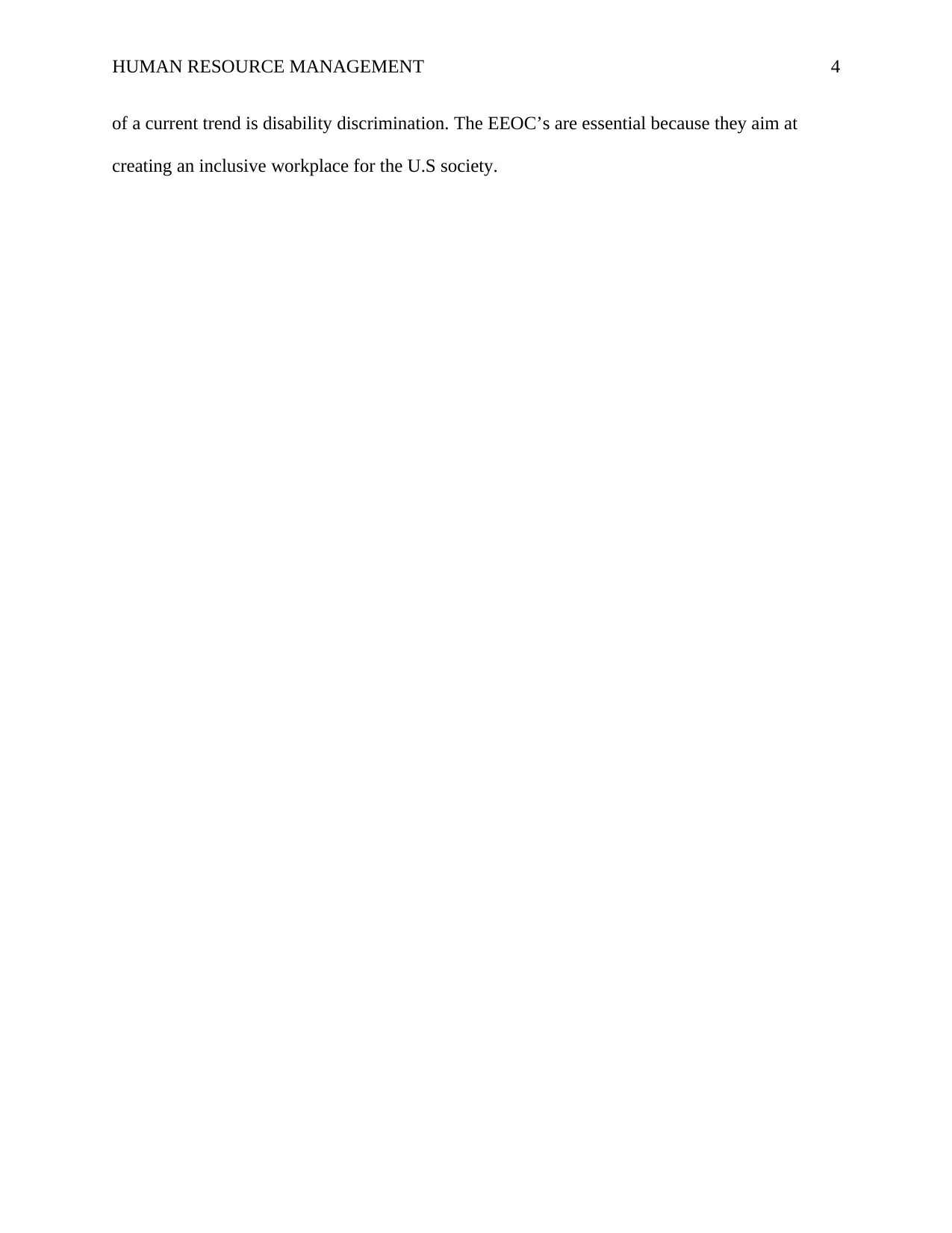
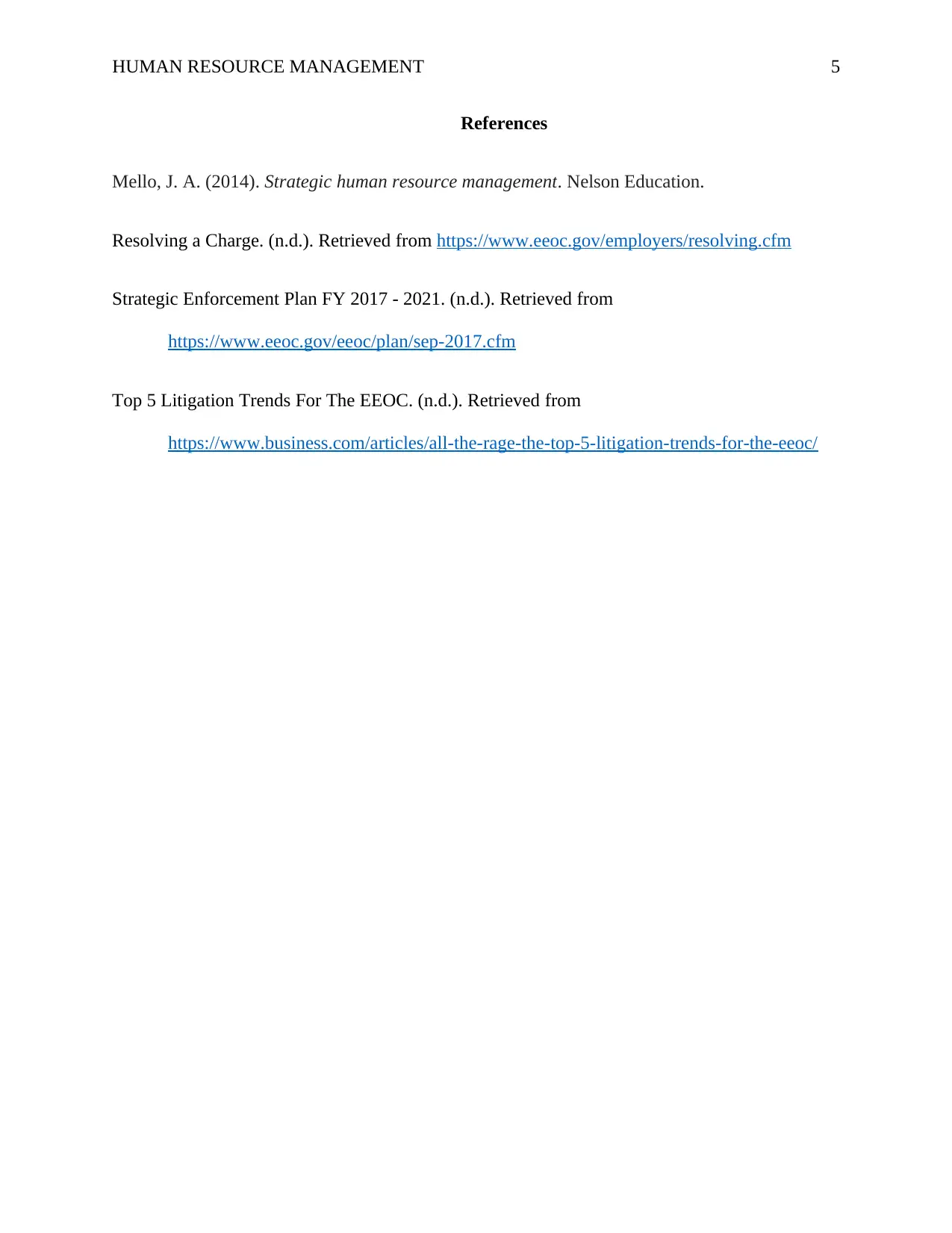





![[object Object]](/_next/static/media/star-bottom.7253800d.svg)